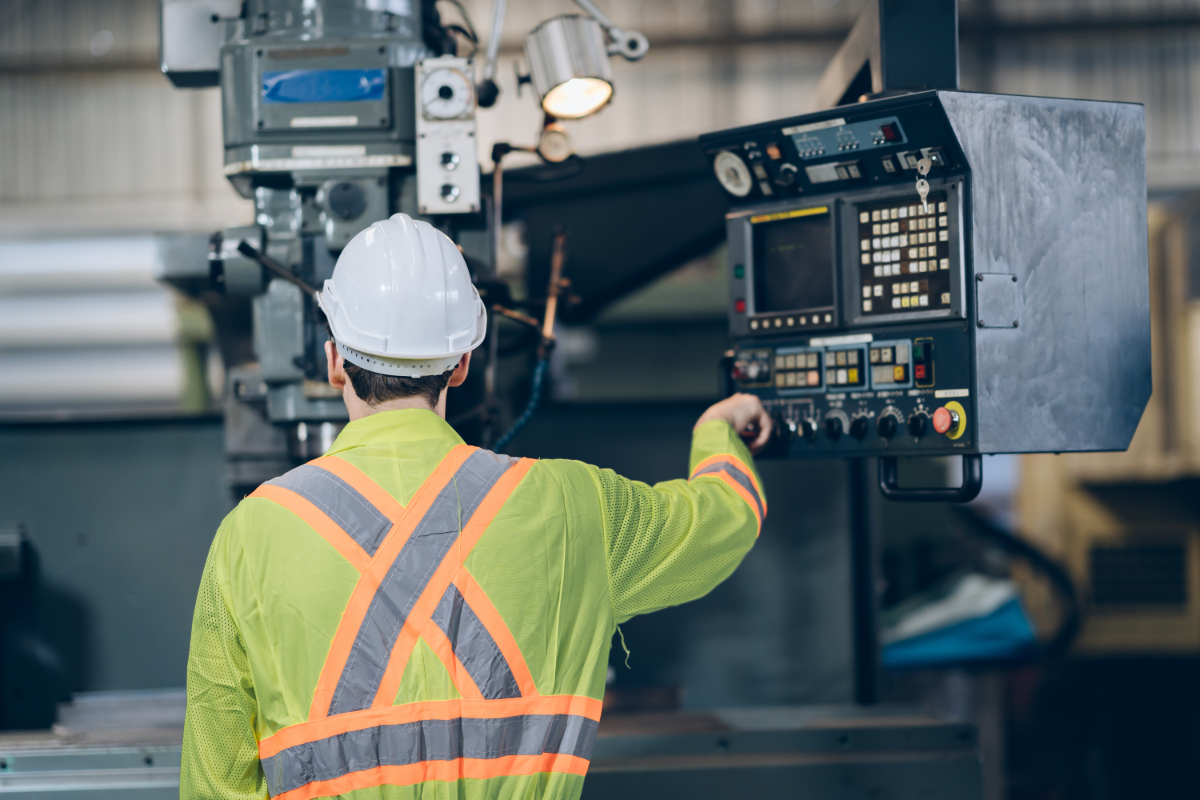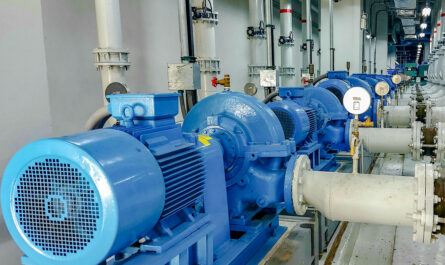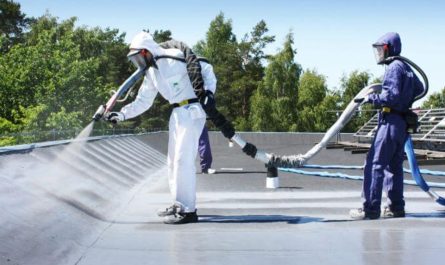Safety Instrumented Systems, or SIS, are essential safety mechanisms used in industries worldwide to prevent hazardous situations from escalating into major accidents. As industry processes become increasingly automated and complex, effective SIS play a critical role in maintaining safety. This article explores the functions, design requirements and importance of SIS in various industries.
What are Safety Instrumented Systems?
A Safety Instrumented System is an engineered set of safety-critical components and functions that work together to help maintain safe operating conditions. SIS are designed to automatically trigger a safety action, like shutting down equipment or isolating hazardous materials, if specific safety-critical parameters or alarms go unresolved by normal control actions. The main functions of SIS include continuously monitoring for hazardous deviations, triggering protective actions and maintaining equipment in a safe state until normal operations can resume.
SIS Design Requirements
Due to their critical safety functions, Safety Instrumented System are subject to stringent design requirements dictated by international safety standards like IEC 61511. Key aspects of SIS design include reliability target setting using risk analysis methods, device level requirements for components like sensors and logic solvers, architecture requirements like redundant configurations, and lifecycle requirements for maintenance, testing and documentation. System designs must validate reliability through metrics like safe failure fraction and ensure integrity through measures like functional independence from normal control systems. Proper SIS design is essential to achieve the necessary reliability levels and prevent any common cause failures from compromising safety.
Industry Applications of SIS
Oil and Gas
In the oil and gas industry, SIS play an important role in process safety. Key applications include over pressure protection of vessels and pipelines, fire and gas detection for enclosed areas, emergency shutdown systems and burner management systems on boilers and furnaces. Rigorous SIS are critical to help prevent catastrophic accidents on offshore oil rigs and large refineries handling hazardous hydrocarbons.
Chemical Plants
Similarly in chemical and petrochemical plants, SIS provide layers of protection for highly exothermic and runaway reactions. Applications include temperature, pressure and flow monitoring with automatic isolation or quenching actions on detecting process deviations. Tank overfill prevention, gas leak detection and smoke/fire detection systems are also important SIS applications in chemical facilities.
Nuclear Power
Nuclear power plants have multiple SIS providing diverse and defense-in-depth protection against radiation hazards. Examples include emergency core cooling systems, containment isolation, and radiation monitoring with automatic scram functions. Given the immense risks, nuclear SIS architectures involve high reliability redundancies and physical separation of trains.
Importance of Functional Testing
Given the critical nature of SIS functions, ongoing testing and maintenance are paramount to ensure protective actions can be reliably executed when needed. Key testing practices as per applicable standards include:
– Partial stroke testing to validate actuator output without full process impact
– Regular sensor calibration and validation checks
– Logic solver diagnostics and simulations to verify programming
– Full functional testing by simulating trips to validate end-to-end detection and response
– Proof testing on a frequency determined by reliability calculations
– Change management procedures for equipment upgrades or modifications
Proper documentation of all testing activities including any necessary repairs or replacements is also essential. Overall a robust functional testing regime helps validate the as-designed reliability is being maintained over the operating lifetime of a SIS.
As industrial operations grow increasingly complex and hazardous, effective SIS will remain indispensable for maintaining safe processes. Proper SIS design, commissioning, operation, maintenance and testing aligned to industry standards can help prevent process safety incidents by supplementing normal controls with reliable safety instrumented protections. Given the critical role SIS play, their design, documentation, and functional validation deserve utmost attention from all involved stakeholders to help protect life, asset, and process safety.



